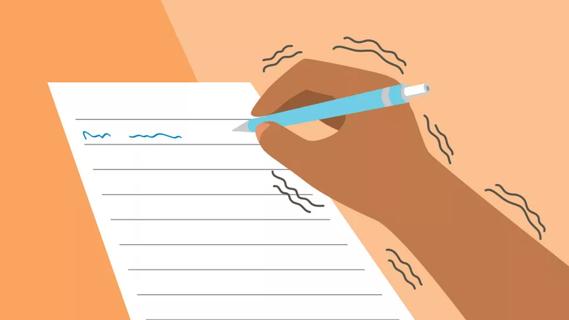What to do and what not to do

It’s understandable to be alarmed if you see someone having what appears to be a seizure. But if you recognize the signs, you can help. And in some cases save them from injury — or depending on the situation — save their life.
Advertisement
Cleveland Clinic is a non-profit academic medical center. Advertising on our site helps support our mission. We do not endorse non-Cleveland Clinic products or services. Policy
A seizure is a period of altered brain function caused by abnormal or excessive electrical discharges from brain cells. They can be mild or severe. They affect up to 1% of the U.S. population.
“There are many conditions that cause seizures, like epilepsy, or a fever in infants,” according to epilepsy specialist Deepak Lachhwani, MD. “But regardless of the reason for a seizure, helping someone while they’re having one can prevent them from hurting themselves until the seizure completes its course.”
Below are the common signs. You’ll learn what first aid steps are required, and what you shouldn’t do.
Some seizures have symptoms that include convulsions. But a person doesn’t have to have convulsions to be having a seizure — they can happen without convulsions, too.
Here are the symptoms of seizures that indicate someone may be having one:
According to Dr. Lachhwani, other medical conditions such as fainting or staring can easily be mistaken for a seizure. Careful attention to the presence of other symptoms noted above may help to distinguish a seizure from simple fainting episode or staring episode.
Advertisement
In grand mal seizures, a person loses consciousness, their muscles go rigid and their whole body convulses or shakes uncontrollably.
Here’s what to do to help:
LOOK to see if they have a bracelet that says ‘Epilepsy’ or ‘Seizure Disorders.’
PLACE the person on their side, away from dangerous objects, water, machinery or fire.
DON’T PUT anything in their mouth.
REMOVE eyeglasses or objects from around their neck.
TIME the seizure.
CALL 911 if the seizure lasts more than 5 minutes or results in injury.
STAY with them until help arrives.
Not all seizures are accompanied by convulsions. If you see symptoms other than convulsions, the person may still need your help. Here’s how:
WATCH them carefully to recognize the seizure.
SPEAK quietly and calmly to the person.
EXPLAIN to others what is happening.
GUIDE them gently to a safe area away from dangerous objects, water, machinery or fire.
DON’T RESTRAIN them to stop any movement.
STAY with them until they regain complete consciousness.
“Anything you can do to help them as they transition out of their seizure could be invaluable,” Dr. Lachhwani says. “It’s a bit scary, but just being there can go a long way.”
Advertisement
Learn more about our editorial process.
Advertisement

Seizure symptoms can go far beyond convulsions and may include feelings of déjà vu, temporary confusion and unusual movements

Calling 911 or emergency services should always be your first step

Getting close to their care team, investing in accessibility and implementing safe sleeping practices are just a few ways to support your child’s growth and development

Your child’s care team, nonprofit organizations, patient groups and more are here to support you

Use a gentle, nonjudgmental tone, focus on prevention and reassure them that age-related memory issues can have a variety of causes

Seek immediate medical attention for sudden loss of balance, vision changes, slurring, facial droopiness and limb weakness

This burnout is characterized by physical and mental exhaustion and feelings like worry, guilt and overwhelm

You aren’t alone — look to your social worker and the FA community for support

Babies can get congested easily, but you can calm their cough by keeping them hydrated, using nasal drops and running a humidifier

Weight loss may cause loose, sagging skin and muscle loss to your rear

Several conditions, like vitiligo and fungal infection, can cause a loss of pigmentation, leading to white spots or patches on your skin